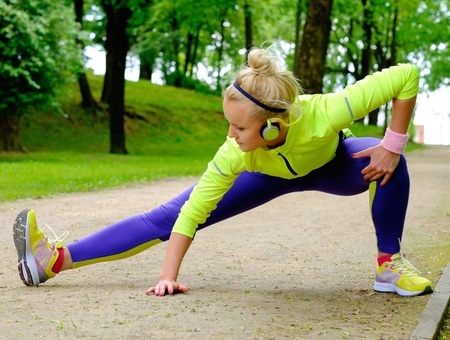There’s a saying, if you increase your flexibility you’ll improve your life! This got me asking, what good does being able to bend like a pretzel do for our bodies? Apparently flexibility has a lot to do with our overall health, and even though we know it can prevent injuries, did you know it can also prevent illnesses?
Any expert in the fitness or physical therapy industry would agree that flexibility, when combined with a healthy overall lifestyle can greatly benefit your health. Flexibility is actually known as the third pillar of fitness. There are considered to be five pillars of fitness,Strength,Endurance,Flexibility, Power and Agility. Although countless studies have shown how beneficial exercise is for your body and mind,and what weight bearing exercise can do for your bone density, but a lot less attention has been paid to flexibility.
According to David Geier the director of sports medicine at the Medical University of South Carolina “flexibility can help your body reach it’s optimum level, and play’s a role in injury prevention, and can even contribute to staving off conditions like arthritis and more serious illnesses”.
How it works:
When you stretch a muscle, you lengthen the tendons or muscle fibers that attach it to the bone.
“The longer these fibers are,the more you can increase the muscle size when you do your strength training”, says Geier.
So essentially the more flexible a muscle is, the stronger that muscle has the potential to become. In turn building strong muscle fibers may boost your metabolism, and your fitness level. Flexible muscles make everyday activities much easier on your body, which decreases your risk of injuries.
With our common postural plagues, from sitting too long at a computer or staring down at a tiny screen in our laps for endless hours, we shorten and weaken our muscles from rounding our shoulders and dropping our heads forward. All our muscles are straining and get tired of trying to compensate. Add to that the natural loss of muscle elasticity that occurs with aging, and this can set you up so that any quick or awkward movement like ( lunging to grab a glass as it teeters off the edge of the table,for example)could stretch your muscles beyond there limit resulting in a strain or tear.
The benefits of flexibility:
Stretching improves circulation, increasing blood flow to your muscles. Good circulation can help protect you from other illness, from diabetes to kidney disease, and possibly even a decreased risk of cardiovascular disease. A 2009 study in the American Journal of Physiology indicated that people age 40 and older who performed well on a sit and reach test (a seated forward bend that measures flexibility) had less stiffness in their arterial walls an indicator of the risk of stroke and heart attack.
Basic tips:
- Stretching is best done after a short workout 5-10 minutes, or your normal exercise regime.
- Ideally you want to hold a stretch for 30 seconds and do about three repetitions to improve flexibility.
- Don’t bounce, breathe deeply and try to relax
- You should never feel pain
- Keep it up!! Practice practice practice is the only way to get better flexibility.

